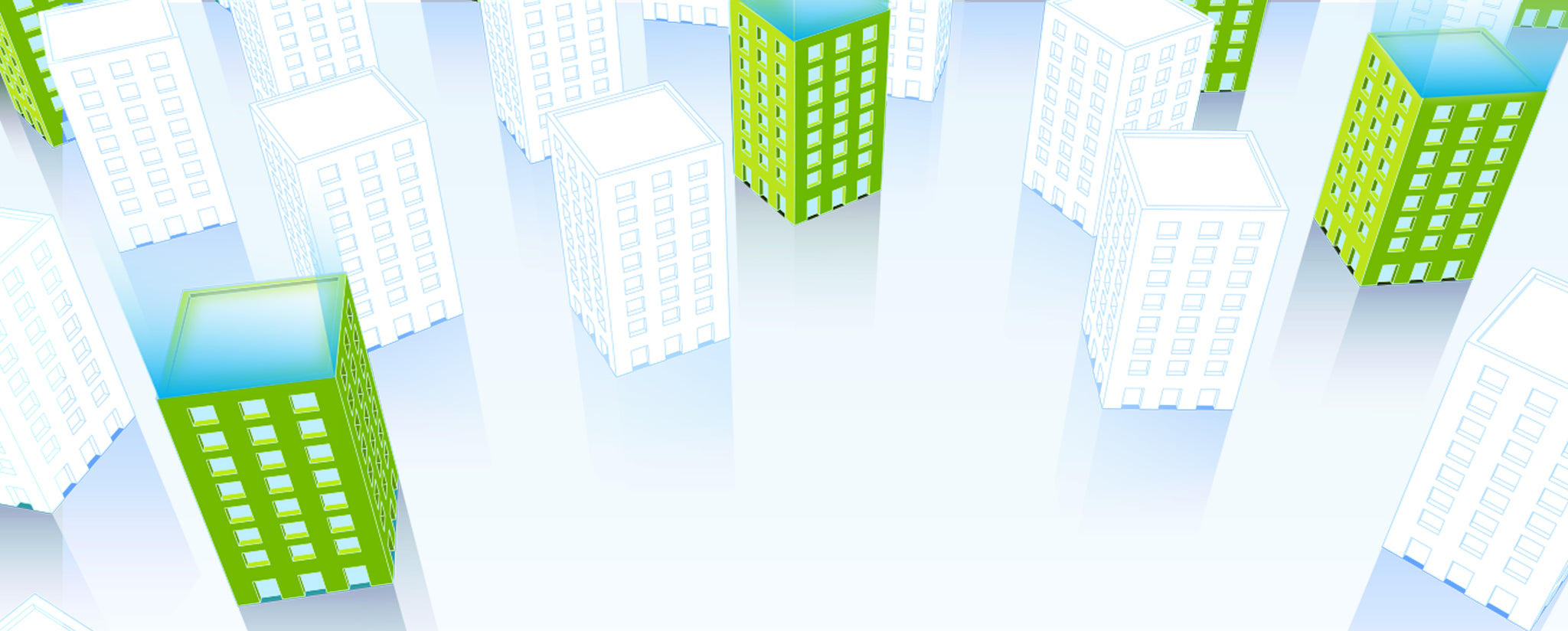Working from home or going to the office?
The office building market experienced significant change following the COVID-19 crisis, with an important shift towards remote work persisting even after the pandemic is over. This shift led to a decreased demand for office space, ranging from 20% in some areas to as much as 55% in others, intensifying competition among office landlords for tenants.
Adding to the challenge is the financial pressure on landlords due to inflation and high interest rates, limiting their flexibility. Additionally, for example the average lease lengths dropped to 2 years and 10 months in the UK in Q1 of 2023, further complicating the office buildings landscape.
This the reality of the current office buildings market in Europe and to remain competitive, landlords must now double their efforts to attract tenants by offering amenities and services that they actually need.
How the office tenants’ priorities changed?
Businesses are working hard to adhere to ESG regulations and meet the 2030 Net Zero objectives as their top priority for the coming years. For them collaborating with office buildings landlords is crucial to enhance their sustainability performance. Pleasant and healthy indoor environment is another topic of great importance for businesses as they need to bring their employes back to the office and therefore make it lucrative place to work from.
With evolving EU legislative frameworks and pressuring deadlines to meet sustainability objectives, one of the primary considerations for businesses when selecting a building is the availability of green amenities. Sustainable buildings are big part to their SDG reporting so in the first place they need to understand the space functionality. Having real-time and historical data on key indicators such as temperature, humidity, and air quality empowers them to not only report on their SDG indicators easier but also improve their space efficiency. By enabling office tenants to control their energy efficiency and prioritize staff health, comfort, and safety, they realize cost savings and improves sustainability reporting, as data becomes easy to get.
The conclusion is that the office buildings with integrated solution for measuring and improving indoor environment hold added value due compared to the ones that stick to the old amenities such as fast internet and space maintenance.

What landlords need to understand first?
On the other side only a small fraction of landlords actually prioritize green policies and related sustainability services, with many still believing that basic features like Wi-Fi are sufficient. They have yet to take the steps towards environmental-friendly approach if they want to keep their office tenants. In fact, big percentage of the buildings in Europe are not aligned with the Net Zero Goals for 2030, Minimum energy efficiency standards (MEES), ESG requirements, etc. A key area of focus for building managers should be complying with the legislation related to the green transition and achieving sustainability goals as well as reducing energy consumption. To do so landlords should start with understanding tenants' sustainability reporting needs and providing them with the necessary data and control.
After having a comprehensive picture of what tenants require leaves office landlords with the task to decide how to provide it to them. The most cost effective and easy way is to retrofit their buildings and adapt them to the sustainability needs of their customers through the integration of smart solutions. This is a crucial step that provides a significant competitive advantage as it is improving reporting accuracy and enhancing building performance while minimizing time- and cost-intensive investments.
Unfortunately, the majority of landlords currently lack smart solutions or the knowledge needed to integrate them into their buildings.
What is the next step towards retrofitting office buildings?
But where should office buildings landlords start from?
The primary concern is whether the Building Management Systems (BMS) that landlords installed are sufficient enough. If not, they must be integrated and upgraded with IoT devices using overlay smart software to equip them with minimum necessary technology for meeting their tenants’ sustainability needs. One such smart IoT platform is MClimate Enterprise, designed specifically for managing buildings’ smart devices. It offers a user-friendly interface with all essential functionalities to enable landlords to monitor, control, analyze, and generate reports for all their spaces.
For those with Building Management Systems (BMS) already equipped with the necessary functionalities, the next crucial step is to deploy multiple sensor technology for environmental performance and energy consumption tracking and controlling. MClimate offers smart sensors utilizing the best connectivity technology for buildings, known for its amazing building data transmission, namely LoRaWAN. LoRaWAN has an impressive 5 km transmission range in dense building environments, the highest transition latency and very low power consumption. All MClimate hardware devices for indoor climate optimization, CO2 monitoring, and air quality control utilize LoRaWAN as the best choice.
For instance, the Vicki LoRaWAN® Smart Radiator Thermostat and the MClimate Fan Coil Thermostat LoRaWAN® focus on reducing heating and cooling energy consumption. Other devices like the MClimate Wireless Thermostat LoRaWAN® and MClimate HT Sensor LoRaWAN® report essential indoor environmental indicators such as temperature and humidity, collectively enhancing indoor climate control. Air quality and CO2 monitoring solutions like the MClimate CO2 Display LoRaWAN® and the MClimate CO2 Sensor & Notifier LoRaWAN® prioritize maintaining healthy air quality by monitoring and controlling indoor CO2 levels.
The data collected by MClimate devices is essential, offering opportunities to improve performance, utilization, and sustainability reporting. For landlords, this presents a chance not only to distinguish themselves in a competitive market but also to offer valuable information to tenants as an added amenity.
There is a pressing need in the office buildings market to rapidly implement smart technology to keep current or attract new tenants.
References:


